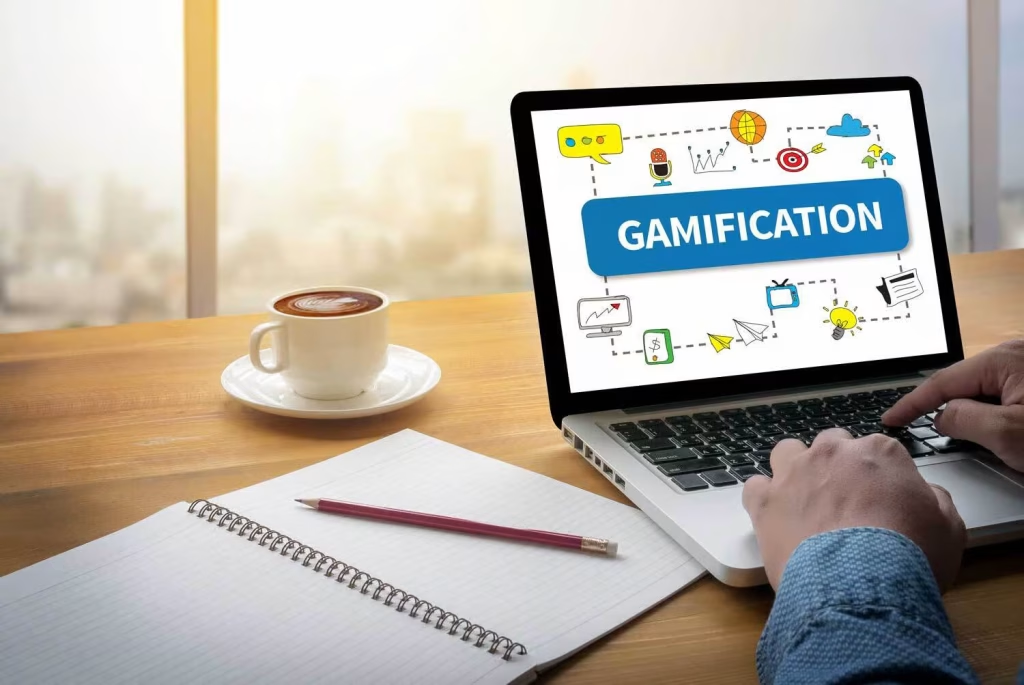It starts with a streak. You open an app, check in, and boom – you’ve added one more day to your tally. Before you know it, you’re checking in every morning just to keep it alive. That’s not a fluke. That’s gamification doing its thing.
From language learning to fitness tracking to grocery shopping apps, gamification has become a default design feature. It’s not just about making apps more fun – though it definitely does that. It’s about creating habits that stick.
Leaderboards, achievements, points, badges… these aren’t just digital high-fives. They’re carefully placed psychological nudges. And today, they’re everywhere – because they work.
Why Leaderboards Tap Into Something Deep
There’s something incredibly human about wanting to see where you stand. Leaderboards simplify that. The top student in a class? The fastest runners in an app? Your XP rank on Duolingo? They all condense your progress into one clear signal: up! Or down.
That’s exactly why they’re so effective. Leaderboards speak directly to our desire to improve. You don’t need a pep talk when your name’s three spots below your friend’s on the weekly chart – you just log back in and grind.
It’s not just competition, either – it’s clarity. Seeing where you stand helps you figure out what to do next. That’s why leaderboards are so prominent in fitness apps or even your daily to-do list.
The Rise of the Achievement Culture
Gamified achievements are everywhere – tiny rewards that make even the most repetitive tasks feel like progress. Walk 10,000 steps? Badge. Complete five lessons in a row? Trophy. Hit your spending target for the month? Gold star.
What makes them so sticky is their simplicity. They don’t just reward results, they reward consistency. And that consistency becomes a habit.
How Retail Apps Turned Shopping Into a Game
Gamification didn’t stop at fitness or education. Retail caught on quickly. Look at any loyalty app and you’ll see it: point systems, tiered memberships, exclusive badges, limited-time challenges.
Starbucks is the blueprint here. Customers collect “Stars” with every order, working toward free drinks and exclusive perks. The app even nudges you with reminders like “You’re just 15 Stars away from Gold.” And you don’t want to miss out on that.
As we inch toward the 2025 holiday season, these gamified loyalty programs are kicking into high gear. September already feels like the pre-game to Black Friday. Expect more digital challenges, countdowns, and tier-based incentives – because they keep shoppers hooked.
What the Gambling World Got Right (Long Before Everyone Else)
Long before gamification became trendy, casinos were already building entire ecosystems around it. Loyalty cards, VIP tiers, cashback missions, daily spins, and weekend tournaments – these mechanics have existed in gambling spaces for decades.
Online platforms took it further. Just look at your favourite Arabic casino app. You’ll find daily, weekly, monthly, and seasonal bonuses, loyalty schemes, and leaderboards. The goal is the same: make each visit feel like a step forward.
Gamification in iGaming isn’t about bells and whistles – it’s about creating a rhythm. You place a bet, see your progress, earn a reward, and feel good about coming back. It’s a win-loop that players understand intuitively.
Why It’s Still Spreading in 2025
As of September 2025, gamification isn’t slowing down – it’s ramping up. Duolingo’s rolling out AI-powered challenges. Shopping apps are testing streak-based discounts. Even budgeting apps now come with badges for hitting savings goals.
The pattern is clear:
- Give users a reason to return
- Show them visible progress
- Reward them at just the right time
Gamification turns passive users into active ones. And in an age where attention is a premium currency, that makes all the difference.
What Makes Gamification Actually Work
The best systems don’t rely on gimmicks. They follow a few simple principles:
- Clear goals: Whether it’s points, steps, or matches played, users should know what they’re chasing.
- Visible progress: Progress bars, rank positions, or percentage to goal – anything that shows movement matters.
- Meaningful rewards: Even symbolic badges can drive behavior if they’re tied to something users care about.
- Don’t overwhelm: Too many badges or unclear point systems just feel like noise. Keep things simple.
- Balance competition and self-improvement: Not everyone wants to be on a leaderboard. Solo progress should feel just as rewarding.

